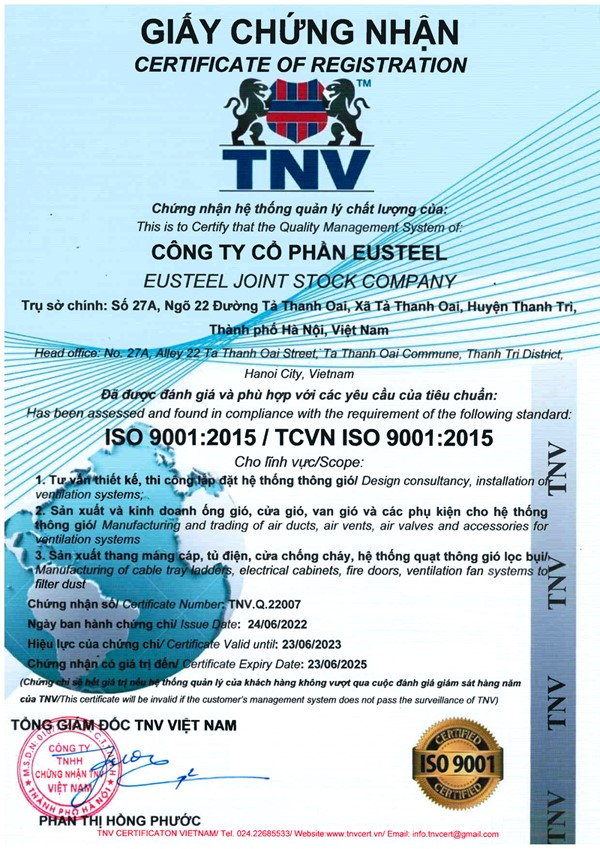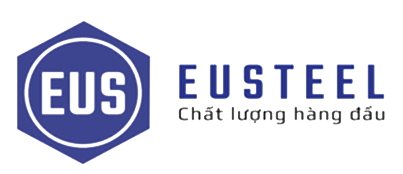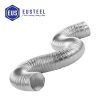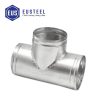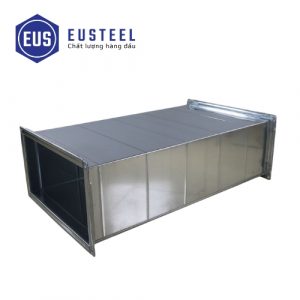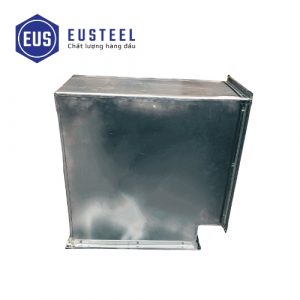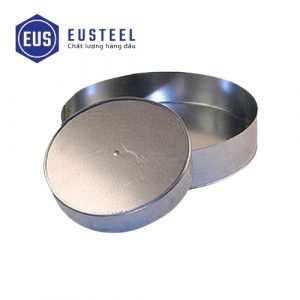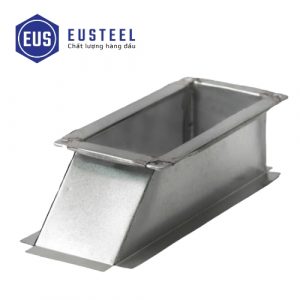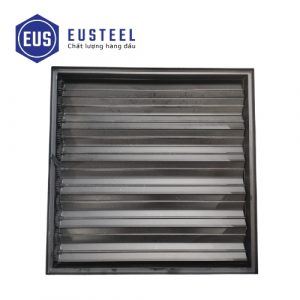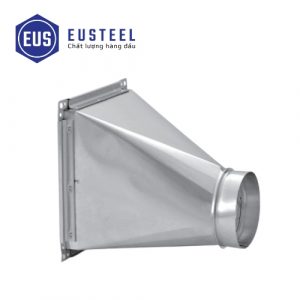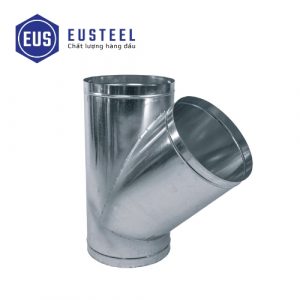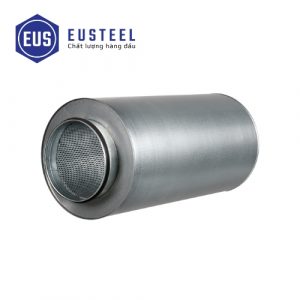Top quality
Eccentric square elevation transfer
Condition: Còn hàng
Origin: Việt Nam
Brand: Eusteel
Galvanized steel: Most popular for common civil and industrial ventilation systems. The thickness of the steel is similar to that of square ducts, depending on size and pressure. Stainless steel (201, 304): Used for corrosive, humid environments, or high hygiene requirements (such as kitchen exhaust systems, food and pharmaceutical factories).
Rectangular/Square Ends: The inlet and outlet dimensions can be the same or different.
Side Panels: Usually flat surfaces that are cut and bent at an angle to create an offset. Looking at the image you provided, you can see that the side panels are smoothly curved to reduce pressure loss and create a smoother flow.
Offset Angle: The angle at which the pipe is bent to create the offset. This angle is calculated based on the required offset distance and the length of the fitting.
Length: The length of the fitting will affect the offset slope. The longer the length, the less the slope, which reduces pressure loss and noise.
Avoid beams, columns, walls: When designing a ductwork that encounters horizontal beams, columns, or other architectural structures, this accessory allows the ductwork to "sneak" through without cutting or changing the main structure of the building.
Through narrow spaces: Adjust the duct position to fit into false ceiling spaces, technical boxes, or areas with limited height/width.
Connect to equipment: Sometimes, the location of fans, air vents, or other equipment is not on the same axis as the main duct, the eccentric shift will help connect them smoothly.
Minimize the number of fittings: Instead of using multiple elbows and straight pieces to create a displacement, a custom-designed eccentric can be more efficient and reduce pressure loss.
